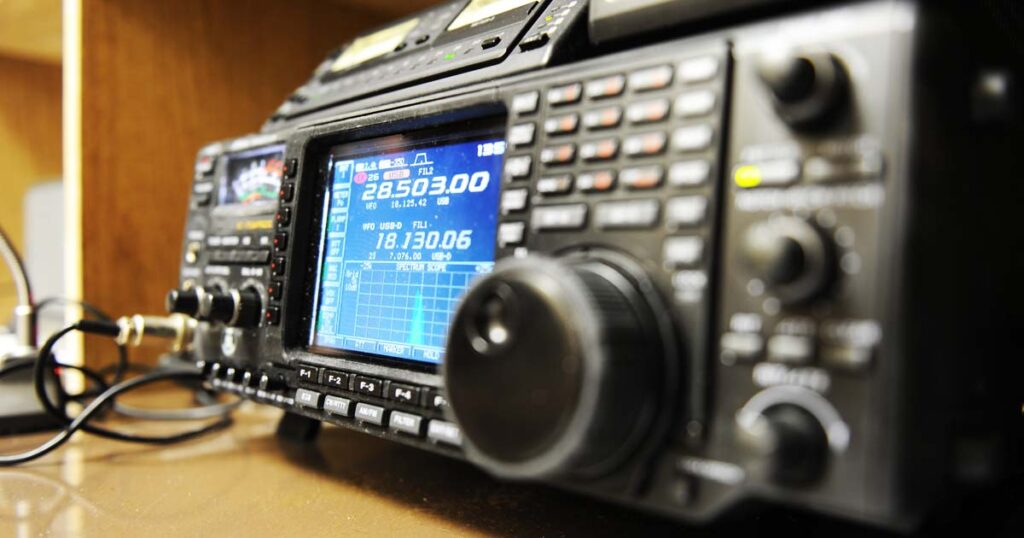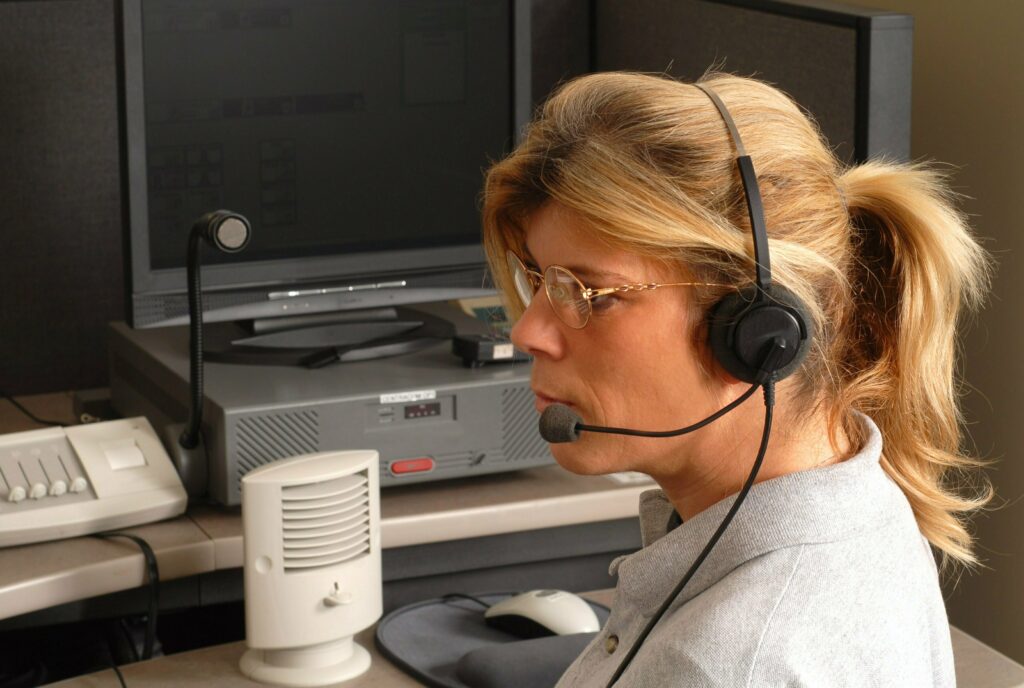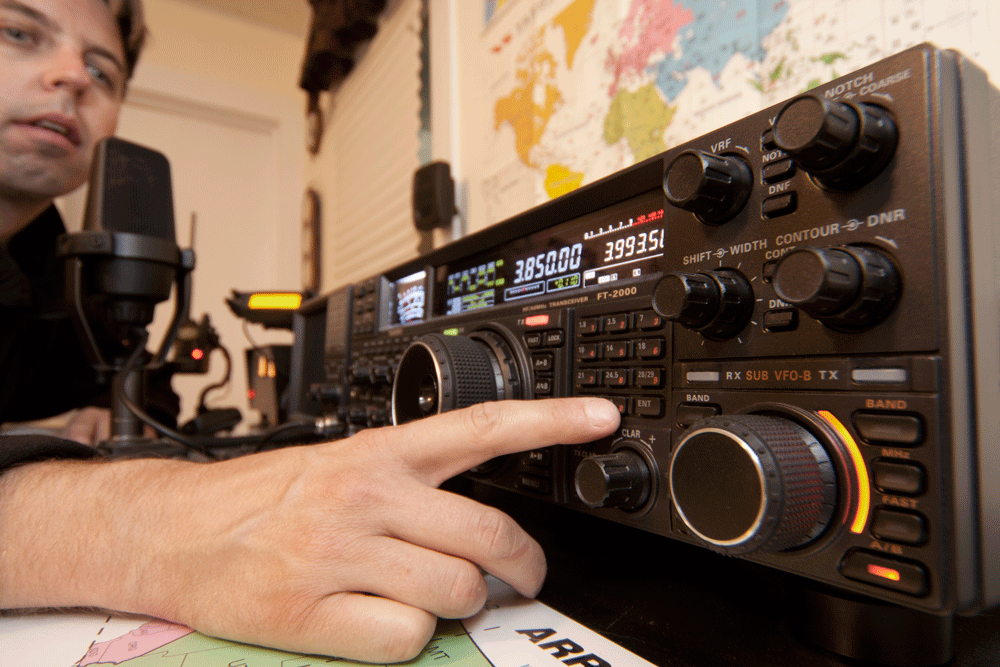In an age where modern communication technologies such as the internet, mobile phones, and satellite communications dominate, the role of ham radio, or amateur radio, might seem antiquated to some. However, during disasters and emergency situations, ham radio often becomes a critical lifeline when other communication systems fail. The resilience, versatility, and reliability of ham radio make it an invaluable tool in disaster response and recovery efforts. This article explores the crucial role of ham radio in emergency communication, highlighting its capabilities, real-world applications, and the community of operators who dedicate their skills to providing vital communication links during crises.
The Unique Advantages of Ham Radio
Ham radio has several unique advantages that make it particularly suited for emergency communication:
1. Independence from Infrastructure

Unlike mobile phones and internet services, which rely on extensive infrastructure such as cell towers, fiber optic cables, and data centers, ham radio can operate independently of such systems. This independence is crucial during disasters when infrastructure may be damaged or completely destroyed. Ham radio operators can set up their equipment anywhere, often using portable antennas and battery power, ensuring communication can be maintained even in the most challenging conditions.
2. Versatility in Communication
Ham radio supports a wide range of communication modes, including voice, text (via digital modes like PSK31 and FT8), and even image transmission (via Slow Scan TV). This versatility allows operators to adapt to the specific needs of an emergency situation, whether it’s coordinating rescue operations, relaying messages, or providing situational updates.
3. Wide Range of Frequencies
Ham radio operates across multiple frequency bands, from high frequency (HF) for long-distance communication to very high frequency (VHF) and ultra-high frequency (UHF) for local communication. This wide range allows operators to choose the most appropriate band for the situation, ensuring reliable communication regardless of the distance or environmental conditions.
Real-World Applications of Ham Radio in Emergencies
Throughout history, ham radio has played a pivotal role in numerous disaster situations, demonstrating its importance as a reliable communication tool.
1. Natural Disasters
Natural disasters such as hurricanes, earthquakes, and tsunamis often cause widespread destruction, taking down power grids and communication networks. During Hurricane Katrina in 2005, ham radio operators were among the first to provide reliable communication links, helping coordinate rescue efforts and deliver crucial information to emergency services. Similarly, during the 2010 Haiti earthquake, amateur radio operators provided essential communication support when traditional systems were overwhelmed.
2. Search and Rescue Operations

Ham radio is instrumental in search and rescue operations, particularly in remote or rugged terrain where conventional communication methods are impractical. Operators can establish communication networks to coordinate rescue teams, share information about missing persons, and relay critical updates to command centers. In many cases, ham radio has been the key factor in locating and rescuing individuals in distress.
3. Community Support During Crises
Ham radio operators often serve their local communities during emergencies by setting up communication hubs, relaying information to residents, and assisting local authorities. During the California wildfires, amateur radio clubs provided vital communication links between evacuation centers, emergency responders, and affected communities, ensuring timely and accurate information dissemination.
Training and Preparedness: The Ham Radio Community
The effectiveness of ham radio in emergencies is largely due to the dedicated community of operators who invest their time and resources in training and preparedness.
1. Licensing and Education
Becoming a licensed ham radio operator requires passing a series of exams that cover technical knowledge, operating practices, and regulations. This ensures that operators are well-versed in radio communication principles and can effectively contribute during emergencies. Many operators further enhance their skills by participating in specialized training programs and emergency communication courses.
2. Emergency Drills and Simulations
Ham radio operators regularly participate in emergency drills and simulations organized by amateur radio clubs and emergency management agencies. These exercises help operators practice their skills, test their equipment, and develop coordinated response plans. The annual Field Day event, for example, is a nationwide exercise in the United States where operators set up temporary stations and simulate emergency conditions.
3. Volunteer Organizations
Several volunteer organizations, such as the Amateur Radio Emergency Service (ARES) and the Radio Amateur Civil Emergency Service (RACES), play a crucial role in organizing and deploying ham radio operators during emergencies. These organizations work closely with local, state, and federal agencies to provide communication support and ensure a swift and effective response to disasters.
Technological Advancements and the Future of Ham Radio in Emergencies
The ham radio community continues to evolve, incorporating new technologies and practices to enhance its capabilities in emergency communication.

1. Digital Communication Modes
Digital modes are becoming increasingly popular among ham radio operators, offering robust and efficient ways to transmit data. Technologies such as D-STAR (Digital Smart Technologies for Amateur Radio) and System Fusion allow operators to send voice and data simultaneously, improving the speed and accuracy of communication during emergencies.
2. Integration with Internet Technologies
The integration of ham radio with internet technologies, such as Echolink and Winlink, allows operators to bridge radio communication with internet-based systems. This hybrid approach expands the reach of ham radio networks and enables operators to connect with other emergency communication systems worldwide.
3. Portable and Resilient Equipment
Advancements in portable radio equipment, including lightweight transceivers and durable, high-capacity batteries, have made it easier for operators to set up and maintain communication networks in the field. Solar-powered and hand-crank generators also provide reliable power sources in off-grid situations.
Ham radio remains a vital tool for emergency communication, providing a reliable, versatile, and independent means of communication when other systems fail. Its role in disaster situations, from natural disasters to search and rescue operations, underscores the importance of maintaining a robust and well-trained ham radio community. As technology continues to advance, the capabilities of ham radio will only improve, ensuring that this century-old hobby remains a crucial part of emergency response efforts. Whether you’re an experienced operator or a newcomer interested in the field, the world of ham radio offers endless opportunities to make a meaningful impact during times of crisis.
